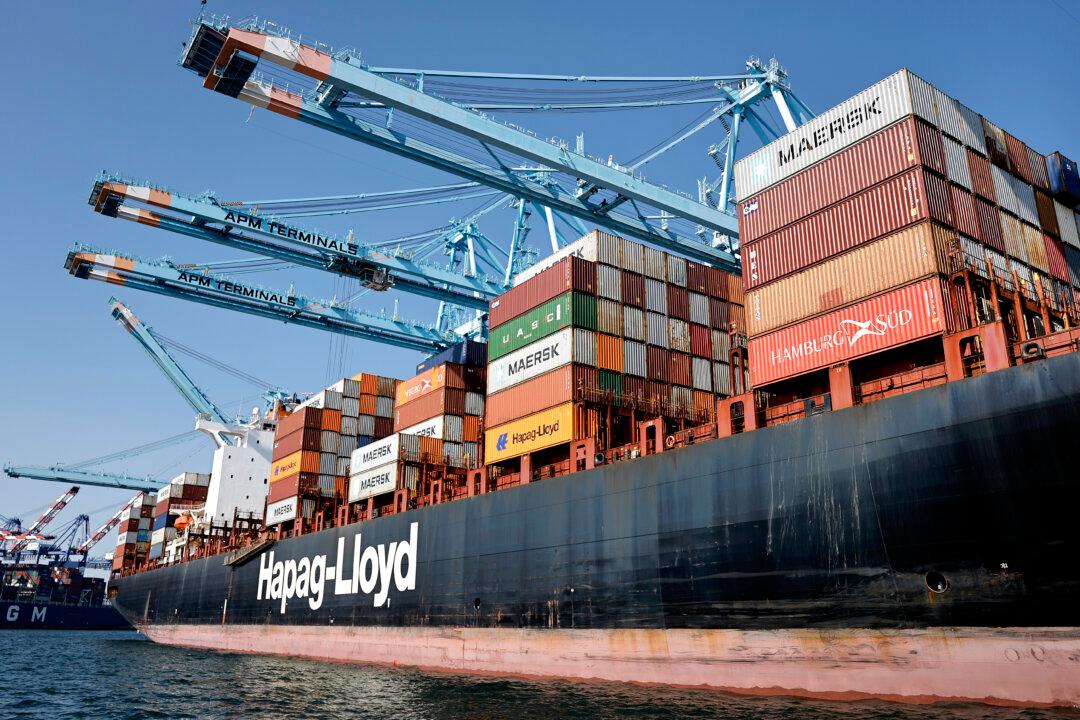John Deere plans to invest $20 billion in U.S. manufacturing over the next 10 years, the company recently announced.
John May, chairman and CEO, stated that John Deere aims to continue investing in advanced products and solutions and manufacturing capabilities.
“Over the next decade, we will continue to make significant investments in our core U.S. market,“ May said in a statement. ”This underscores our dedication to innovation and growth while staying cost-competitive in a global market.”
Established in 1837, John Deere has more than 30,000 employees across 60 locations in 16 states.
The company has also been in the crosshairs of President Donald Trump’s tariff rhetoric. Last year, John Deere announced that it was shifting some production from Iowa to Mexico by the end of 2026.
“I’m just notifying John Deere right now: If you do that, we’re putting a 200 percent tariff on everything that you want to sell into the United States,” Trump stated.
Days later, the company confirmed that it was not moving production south of the border. “Instead, we’ve strategically leveraged our footprint in Mexico for cab production,” a company spokesperson said in a statement to the press.
Private Investment Influx
Since the beginning of Trump’s second term, the United States has scored trillions of dollars in private domestic and foreign investment.This year, Apple, Nvidia, IBM, Kraft Heinz, Johnson & Johnson, and many other companies have pledged billions in U.S. manufacturing, research and development, and the expansion of existing facilities.
A key plank of the current administration’s economic agenda is to resuscitate America’s manufacturing base. Tariffs are being employed to help jump-start the revival and reverse the decades-long trend of shrinking manufacturing jobs and the industry’s contribution to growth.
“We will supercharge our domestic industrial base, we will pry open foreign markets and break down foreign trade barriers, and ultimately, more production at home will mean stronger competition and lower prices for consumers,” the president said at his April 2 announcement of sweeping global reciprocal tariffs.
While the United States is witnessing a surge in manufacturing investment, ITR economist Taylor St. Germain does not attribute the trend to tariffs.
“There are so many reasons businesses are coming back to the U.S.,” he said, adding that the United States will remain “the best bet” for companies.
Industry data from the Institute for Supply Management indicates that U.S. manufacturing activity has slowed this year, sliding into contraction for the third consecutive month in May.
Executives in various manufacturing-related sectors have blamed several factors for the decline, including tariffs, broader commodity markets, and market uncertainty.







